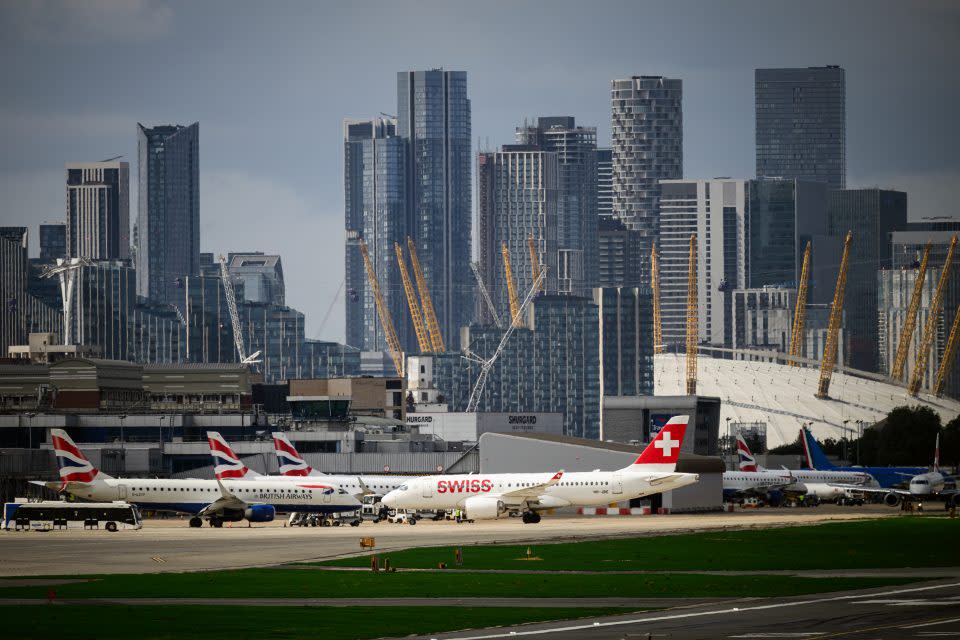A London airport built to serve corporate jet-setters is having an identity crisis as WFH slashes business travel
The culture of hybrid work has shaken up many things, including footfall at London City Airport.
Before the pandemic, the airport, built near London's financial district, was abuzz with suit-clad travelers jet-setting around Europe.
That was the main reason for London City Airport’s existence—to serve the British capital’s business travelers.
But things haven’t been the same since working from home, and eventually, hybrid work became the norm. At its peak in 2019, City Airport saw its passenger figures reach 5 million.
But last year, the airport had as many passengers as it did a decade ago, reflecting the glacial rebound in business travel.
Vacations, on the other hand, have shown a strong recovery.
So, City Airport is now considering altering course by offering more leisure flights to address the dwindling number of corporate fliers.
"At London City, we have seen a greater shift towards leisure travel, with more than half of our passengers now travelling for leisure and to visit friends and family," Alison FitzGerald, the CEO of London City Airport, told Fortune in a statement. "However, our business travel proposition remains a strong part of our business model."
In August, the government approved City Airport’s expansion to serve 9 million passengers, up from its earlier cap of 6.5 million, and a subsequent increase in flights.

City Airport’s lackluster rebound in passenger traffic has trickled down to its profits, which were £6.6 million last year, compared to £48 million in 2019. To be sure, the airport’s pre-tax profit has recovered in contrast to 2022’s £1.1 million loss.
Companies have been rethinking business travel for various reasons, including hybrid work, climate change, and costs.
The U.K. is one of the most prominent markets for work-related trips. As travel inches back up to surpass pre-pandemic levels this year, according to the Global Business Travel Association, City Airport could benefit.
“It’s becoming quite difficult to work out who is a business traveler … we are seeing people travel differently,” FitzGerald told The Financial Times in an interview published Tuesday.
London City Airport’s distinguishing element
London City Airport was built in 1987 to make quick trips in and out of London easier for workers based in the Square Mile or Canary Wharf. That’s unlike significant airports like Heathrow and Stansted, which offer more flight routes but are farther from London’s city center.
Over time, accessibility and limited crowds have made City Airport the airport of choice for many, including Tony Carney, the managing director of Kürvers Piping. He frequents the airport for business trips to Europe, he told Fortune.
“It’s very efficient. Security just always takes me 10 minutes to get through,” Carney said.
He said that even though flying out of the City Airport was sometimes the more expensive option, the convenience was worth it.
Despite being a City Airport regular, Carney is on the fence about growing its suite of leisure flights and its impact on the overall experience of choosing the airport.
“If the introduction of all of these leisure flights would compromise the efficiency of business travel, that would be quite frustrating, especially if you're paying that slight fee,” he said.
Update, October 8, 2024: This article has been updated with a statement from London City Airport.
This story was originally featured on Fortune.com